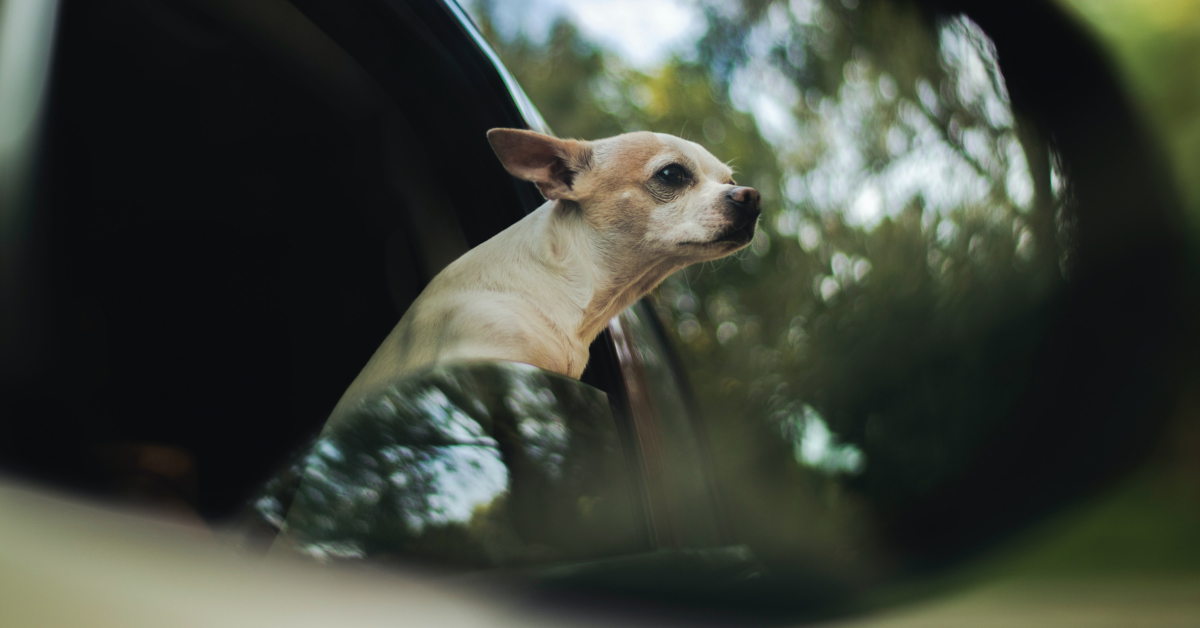
Safe Travel: Keep your Intrepid Explorer Safe when Traveling
Anyone who has traveled down an American highway has certainly seen the wagging, slobbery tongue and flapping ears of a large dog as it rides in the back of a truck. Not everyone knows that this can be dangerous for the dog. This article will outline a number of the most important things you can do to help keep yourself, your pet and others safe while riding in an automobile.
Anyone who has traveled down an American highway has certainly seen the wagging, slobbery tongue and flapping ears of a large dog as it rides in the back of a truck. Not everyone knows that this can be dangerous for the dog. This article will outline a number of the most important things you can do to help keep yourself, your pet and others safe while riding in an automobile.
Keep the pet inside the vehicle
Regardless of the type of animal, it’s important that they travel safely, inside a vehicle of an appropriate size for the pet. Pets should never ride in the back of trucks either loose or tied to the bed. Not only is it dangerous for the pet in case of an accident or if it tries to jump out, having their face in the winds created by highway speeds can blow debris like rocks, dirt, dust and insects deeply into the animal’s eyes, nose and mouth. This can cause injuries such as choking, eye injuries, infections of the nose and mouth, and serious allergies. It’s best to keep your pet secured inside of your automobile with a window near the animal open enough to provide air but not so much that the pet can get its head out of the window.
Keep the pet safely secured
It’s important to keep pets secured away from the driver’s area not only in case of an accident but also because an active animal can be a distraction to or interfere with the driver. A normally docile pet might, when faced with all the distractions of driving in a car, become a hyperactive “pogo-puppy” bouncing all over the place. Remember that pets can be unpredictable in new situations like those presented constantly while driving. Another danger many pet owners don’t consider when traveling with their pets is their response to seeing other animals, which can be very stressful and trigger a defense response in many pets. Finally, if you allow your pet to ride in the front seat particularly, they might be injured or killed if the airbag deploys.
There are many different kinds of harnesses, carriers and crates designed for different types and styles of automobile. See your local pet supply for the types available in your area.
Never leave your pet unattended in a vehicle
It’s a shame how many loving pets die every year because their humans left them locked inside a car in “cool” weather or at night. Not only can the inside of autos get much hotter than most people expect, it can happen in all kinds of weather, even at night. It only takes a few minutes for the inside of a car to heat up to more than 100° even in cloudy conditions.
Your faithful pet might be “pet napped”. Pets are often stolen when left unattended inside of vehicles, especially when the owner leaves the window cracked to “give the pet some air”, but it can happen anytime you leave your pet unattended.
Final notes
Always make sure to bring plenty of fresh, drinking water and something for your pet to play with/chew on. Whether your journey is across town or across the country, travel can be stressful for our pets in ways we can’t always predict. Keeping them hydrated and entertained are good ways to reduce the stress for everyone.
Because we love to take our pets as many places as we can, it’s important that we learn how to travel with our pets safely. This article aimed to provide the reader with several tools to help them travel with their pet more safely. For more information on safe pet travel, visit the American Veterinary Medical Association (http://www.avma.org/animal_health/travelingwithpet-faq.asp) or the ASPCA (http://www.aspca.org/pet-care/pet-care-tips/car-travel-tips.aspx).






